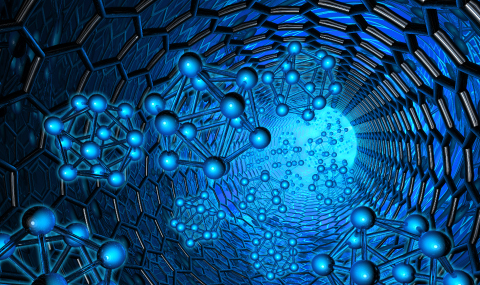The time duration of quantum processes has challenged physicists for 80 years. Questions such as what is the tunneling time are intriguing especially with the advent of attosecond clocks and photoionization experiments. Previously, quantum time was considered using time operators, external clocks, Bohmian mechanics, path integrals and more. We have lately taken a different, experimentally guided approach. The central object is the transition path time distribution, whereby one determines the time it takes a quantum system, to undergo a transition from an initial to a final property at time t. For example, a particle is released from a trap and measured when reaching a screen at time t. The quantum time probability distributions, are positive, with a well defined mean. They are readily computed from the time dependent Schrödinger equation.
The theme of our research, is the study of the time distributions using analytic and numerical methods. Temporal properties of interest include the tunneling time especially in attosecond ionization experiments; quantum interference in scattering through gratings; diffraction in scattering from surfaces; quantum reflection times above barrier and at threshold energies; resonance decay times, including Feshbach resonances; resonance scattering times; nonadiabatic transition times including passage through conical intersections; frictional effects; strongly coupled degrees of freedom and their effect on quantum tunnelling times and more.
Preliminary work has already led to the discovery of new quantum phenomena, such as localization beyond the Heisenberg limits or shorter transit times for longer paths. Future work should lead to the discovery of new quantum phenomena, address fundamental questions such as uncertainty relations, the measurement problem and the transition from quantum to classical dynamics. We are in the process of uncovering a new chapter in non-relativistic quantum mechanics, its properties and limitations.


